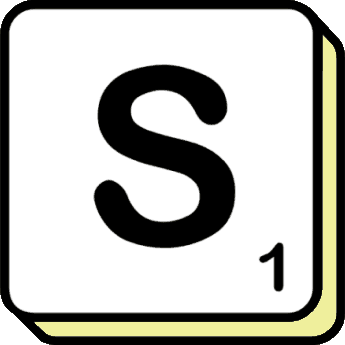Active and Passive Vocabulary
Author: Brian Bowman
Date Published: 24 August 2023
Language is a powerful tool that empowers us to express ourselves, connect with others, and convey our thoughts and emotions. Within the vast realm of language, we encounter two distinct types of vocabulary active and passive. Understanding the differences between these vocabularies can enhance our communication skills and provide insights into the way we process and use words. In this blog post, we will delve into the dynamic world of active and passive vocabulary, exploring their significance and how we can harness their power to become more effective communicators.

Defining Active and Passive Vocabulary
Active Vocabulary
Active vocabulary consists of words that we readily use and integrate into our daily speech and writing. These words are at the forefront of our language repertoire, and we can effortlessly recall and apply them in various contexts.
Passive Vocabulary
Passive vocabulary comprises words that we recognize and understand when we encounter them in reading or listening, but we may not actively use them in our own communication. These words reside in the back of our minds, waiting to be summoned when needed.
Active Vocabulary The Expressive Arsenal
Clarity and Precision
Active vocabulary allows us to articulate our thoughts with clarity and precision. By incorporating a rich repertoire of words into our active vocabulary, we can convey nuances and shades of meaning that might otherwise be lost.
Confidence in Communication
When we are well-versed in our active vocabulary, we communicate with confidence and fluency. This linguistic prowess enables us to engage in conversations with ease and poise.
Passive Vocabulary The Treasure Trove
Language Comprehension
Passive vocabulary enriches our language comprehension. When we come across unfamiliar words in reading or listening, our passive vocabulary helps us infer their meanings from the context.
Vocabulary Expansion
Our passive vocabulary serves as a reservoir of potential growth. As we encounter new words, we have the opportunity to incorporate them into our active vocabulary through exposure and practice.
Nurturing Both Vocabularies
Reading
Reading widely exposes us to a diverse range of words, some of which become part of our passive vocabulary. Engaging with various genres and styles of writing enhances both our active and passive vocabularies.
Writing
Actively using words in our writing is an excellent way to reinforce them in our active vocabulary. Regular writing practice helps us internalize and retain new words.
Contextual Learning
Paying attention to context when encountering unfamiliar words aids in their comprehension. Contextual clues can help us deduce the meaning and usage of new words.
Striking a Balance
Embrace Growth
Continuously strive to expand your vocabulary by incorporating new words into your active repertoire. The more words you use actively, the more eloquently you can express yourself.
Be Patient
Developing both active and passive vocabularies takes time and persistence. Be patient with yourself and celebrate the progress you make along the way.
Conclusion
In the symphony of language, active and passive vocabulary dance together, harmonizing our communication and comprehension skills. By nurturing our active vocabulary, we empower ourselves to express our ideas with eloquence and precision. Simultaneously, our passive vocabulary acts as a treasure trove of potential, expanding our language comprehension and enriching our lives through reading and listening. As we embrace the dynamic interplay between active and passive vocabulary, we embark on a journey of language growth and discovery, unlocking the power of words to connect with others and create meaningful expressions that resonate with the world around us.
